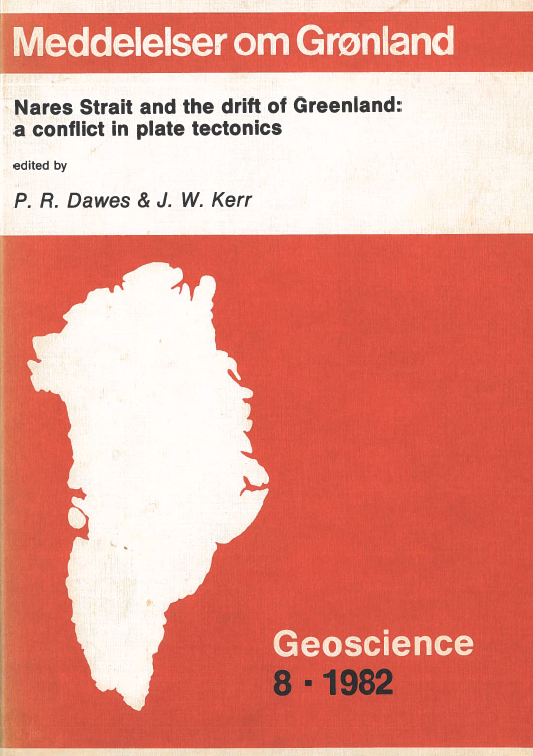The Bjørnehiet Formation: a faulted preglacial conglomerate, Washington Land, North Greenland
DOI:
https://doi.org/10.7146/moggeosci.v8i.139577Abstract
A new occurrence of a Tertiary or Quaternary fluvial conglomerate from North Greenland is described, and named the Bjørnehiet Formation. The main lithology is a carbonate-clast, matrix-supported, oligomictic conglomerate with some coarse sandstone beds. The composite thickness of the formation is about 45 m.
The conglomerate is known only from one locality in Washington Land, about 40 km from the shore of Nares Strait. The deposit has been affected by post-depositional faulting and is considered to be preglacial in age. By comparisons with Arctic Canada, the conglomerate is regarded as an equivalent of either the Palaeogene Eureka Sound Formation or the Neogene Beaufort Formation, both of which contain important fluvial conglomerate units.
The conglomerate represents the only evidence of post-Palaeozoic, preglacial deposits in this part of Greenland. The occurrence is thus particularly important and provides a way of recording Cenozoic fault movements. If the deposit can be accurately dated, and when its full distribution is known, the formation and the structures affecting it will provide significant data about the Cenozoic palaeogeography and tectonics of the Nares Strait region.
Downloads
Published
How to Cite
Issue
Section
License
Coypyright by the authors and the Commision for Scientific Research in Greenland / Danish Polar Center. No parts of the publications may be reproduced in any form without the written permission by the copyright owners.


